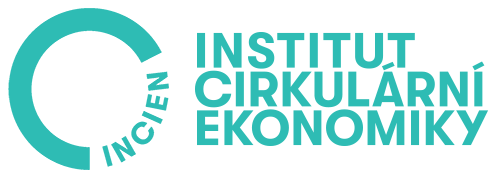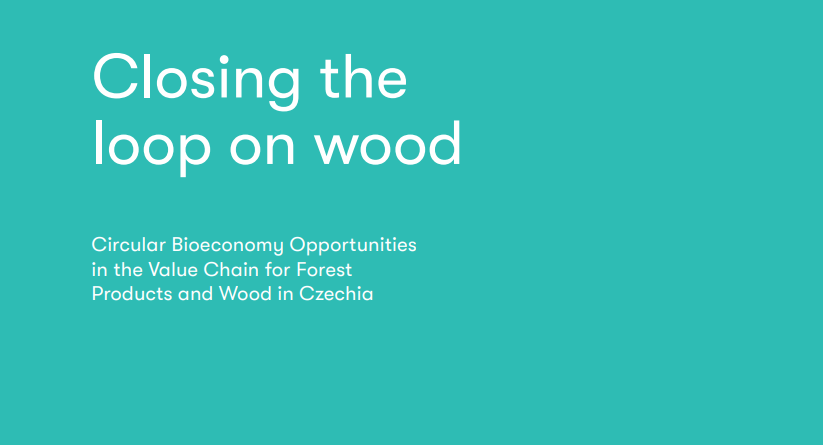After eight months of work, the research team of the Institute of Circular Economy publishes the study Closing the Loop on Wood: Circular Bioeconomy Opportunities in the Value Chain for Forest Products and Wood in Czechia. The study describes the current state and challenges within the wood processing industry and assesses the potential for circular management of wood and its products in the Czech Republic. In the Czech context, this is the first such study aimed at the public, companies and policy makers.
The INCIEN study stands out in its synthesis of many previously unintegrated areas. There is a large amount of data, research articles, studies, projects and initiatives in the wood sector that only address or comment on partial aspects. The Think Tank team has conducted a thorough research in the Czech and international context and identified key obstacles, possible solutions and examples of good practice across the market – all from a circular economy perspective. And, as the authors themselves point out, wood is growing in importance, both for energy and for the construction industry and its decarbonisation and raw material security. The publication therefore carries a highly topical content.
Andrea Veselá, Jana Kozáková and research team leader Benjamin Hague have followed the entire value chain, both in terms of supply of raw material and demand for end-of-life products. At the same time, they propose to streamline the system, map out positive changes and explain the concept of cascading wood and wood material use. The work also includes a link to a forthcoming set of legislative and non-legislative measures.
„We were interested in the material flow of wood and a plethora of related topics: the eco-design of wooden buildings and other products, the extension of their lifetime, their reuse or recycling, as well as the movement of wood across industries. The study describes the life cycle of wood in the country, its processing, export or ending up in landfills or incinerators,“ says Ben Hague, INCIEN’s head of research. Hague saw the main challenge as the lack of transparency and completeness of the necessary data in this area. It was therefore not easy to link the different inputs or to interpret them in a comprehensible way.
25 organisations were consulted, and the study was also financially supported by the Fund for Bilateral Relations under the EEA and Norway Grants, which led to a partnership with NIBIO (Norwegian Institute of Bioeconomy Research) – the publication also mentions foreign inspiration.
Benjamin Hague cites the issue of wood recyclate as an example of key findings of the study: „The largest domestic processor of particleboard and OSB (Kronospan CR) has the capacity to produce 80-90% of these boards from wood recyclate, but we identified a lack of availability of waste wood.
Around 600,000 tonnes of waste wood is already recycled, but almost half of it has to be imported from other countries, while a rough estimate of the total actual production of waste wood in the Czech Republic could be around one million tonnes per year. There are no separate records of the flows of waste wooden furniture, which can amount to hundreds of thousands of tonnes per year. Moreover, Central Europe is a world centre for the production of so-called CLT panels (cross-laminated timber) for wooden buildings, but in the Czech Republic, wood has a negligible share of the construction market outside of houses,“ Hague comments on part of the study’s content. It is available on the INCIEN website.

